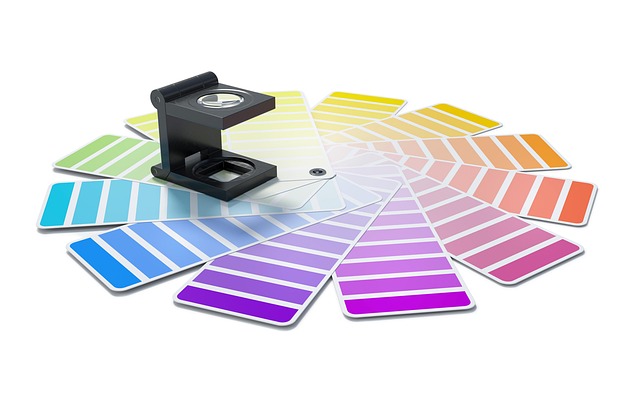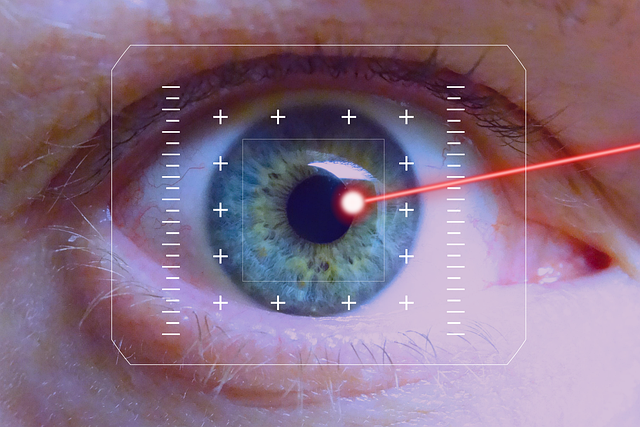When artists and designers step into a studio, the first thing they notice is the way light falls across a canvas or a photograph. Light perception—our brain’s ability to interpret brightness, color, shadow, and movement—has shaped the evolution of visual art for centuries. In photography, this perception is not merely a passive response; it is a deliberate tool that creators manipulate to convey mood, narrative, and meaning. This article traces the journey of light perception from the earliest daguerreotypes to contemporary interactive installations, highlighting how the dialogue between light and perception continues to inspire innovative art and design.
Historical Roots: From Lens to Palette
The fascination with light began long before the invention of the camera. Early painters studied chiaroscuro— the dramatic interplay of light and dark—to create depth and volume. The discovery of photography in the early 19th century shifted this exploration into a new realm, where light could be captured and preserved. In its infancy, the medium relied on chemical reactions that required intense illumination, forcing photographers to learn how to harness and manipulate natural and artificial light. The lessons learned during this period laid the groundwork for modern understandings of light perception.
- First successful photographic images required hours of exposure, revealing the critical role of sustained light.
- Photographers began to experiment with exposure times, discovering how light intensity affects tonal range.
- The introduction of lenses with different apertures introduced early concepts of depth of field and light gathering.
Light Perception in Early Photography
In the 1830s, pioneers like Louis Daguerre and William Henry Fox Talbot developed processes that captured images by exposing light-sensitive plates to carefully controlled illumination. Their work highlighted a key insight: the human eye interprets light through a complex system of rods and cones that respond to intensity and wavelength. By manipulating exposure, photographers could control how these receptors would later render the image in the viewer’s mind. Early experiments also demonstrated that brief flashes of light could freeze motion, revealing new possibilities for dynamic storytelling.
Color and Light: Beyond Black and White
The transition from monochrome to color photography expanded the dialogue between light perception and artistic expression. Color photographs introduced the concept of hue, saturation, and luminance—three dimensions that the human visual system processes simultaneously. Artists began to play with color temperature, using warm or cool tones to evoke emotional responses. The ability to record and reproduce color accurately also allowed designers to create works that engage viewers on a more sensory level, exploiting how light perception shapes our emotional reactions to warmth, vibrancy, and subtlety.
“Color is the spice of light perception, turning the ordinary into the extraordinary,” noted early color photographer Sarah L. Greene in her 1904 journal.
Modern Digital Techniques
Digital sensors have transformed how light is recorded, offering unprecedented control over exposure, dynamic range, and color fidelity. High Dynamic Range (HDR) imaging, for instance, captures multiple exposures and merges them to retain detail in both shadows and highlights—a process that mirrors how the eye adapts to varying light conditions. Additionally, computational photography enables techniques like light field capture, allowing post-capture refocusing and depth manipulation. These advancements illustrate how contemporary photographers continue to push the boundaries of light perception, creating images that feel both authentic and hyper-real.
The Role of Light Perception in Design
In design, light perception goes beyond aesthetics; it informs usability, accessibility, and emotional impact. Graphic designers use contrast ratios to ensure readability, understanding that the human visual system interprets brightness differences to navigate information. Interior designers manipulate natural and artificial lighting to sculpt spaces that feel welcoming or stimulating. Moreover, product designers consider how light reflects off surfaces, influencing texture perception and perceived quality. Across these fields, a nuanced grasp of light perception guides decisions that affect how users experience and interact with their environment.
Case Studies in Visual Communication
Consider a poster that employs high-contrast black lettering on a stark white background. The stark contrast taps into the eye’s sensitivity to luminance differences, ensuring the message is legible even from a distance. Another example is a website interface that uses soft gradient backgrounds; subtle shifts in hue guide the eye through the layout, creating a sense of hierarchy without explicit markers. Both cases illustrate how designers harness light perception to enhance clarity and visual storytelling.
Experimental Art Forms
Contemporary artists are exploring light perception through unconventional mediums. Light painting, where long-exposure photography captures the trajectory of a light source, turns motion into color trails that mesmerize viewers. Kinetic sculptures that move with air currents generate shifting shadows, creating dynamic patterns that change with every glance. These experiments emphasize that light perception is not static; it evolves with movement, perspective, and time, offering endless possibilities for artistic innovation.
Interactive Installations and Perception
Interactive art installations use sensors and responsive lighting to alter illumination based on audience behavior. For instance, a gallery space might feature motion-activated LEDs that brighten as visitors approach, engaging the perceptual principle that proximity can intensify light perception. Another installation might employ polarized filters that change color when viewed from different angles, prompting viewers to consider how their own position influences perception. Such works underscore the reciprocal relationship between observer and illuminated environment.
Light Perception and the Human Eye
Understanding the mechanics of light perception is essential for both artists and designers. The eye’s rods are sensitive to low light levels, while cones detect color and function best in brighter conditions. The retina processes these signals and relays them to the brain, where complex algorithms determine contrast, depth, and motion. This biological framework explains why high-contrast images are often perceived as sharper and why color gradients can create subtle depth cues. By aligning creative choices with these perceptual tendencies, creators can produce more compelling visual experiences.
Future Directions: Augmented Reality and Beyond
Augmented reality (AR) is poised to redefine light perception in the digital age. By overlaying virtual objects onto real scenes, AR systems must blend synthetic light with environmental illumination seamlessly. Future developments may involve adaptive lighting that responds to ambient conditions, ensuring consistent perception across diverse settings. Additionally, research into retinal implants could enable individuals with visual impairments to experience light perception in new ways, broadening the accessibility of art and design.
Conclusion
From the first daguerreotype to immersive AR experiences, the dialogue between light perception and creative expression has never stopped evolving. Photographers, designers, and artists continually discover new ways to manipulate brightness, color, and movement, inviting viewers into ever more engaging visual narratives. By appreciating the science behind how we see light, creators can craft works that not only look beautiful but also resonate on a fundamental, perceptual level. As technology advances, the possibilities for exploring light perception in art and design will expand, ensuring that the interplay of illumination and imagination remains a vibrant frontier for generations to come.



